Life
Sign up for our newsletter
We summarize the week's scientific breakthroughs every Thursday.
-
 Life
LifeHIV hides in growth-promoting genes
The discovery that HIV can trigger infected cells to divide means scientists may need to rethink strategies for treating the virus that causes AIDS.
-
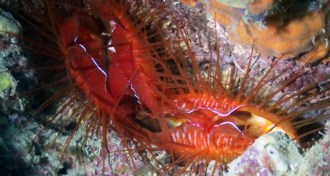 Physics
PhysicsTiny silica spheres put the disco in disco clams
The electric effect in disco clams is actually the result of light scattering off tiny silica spheres.
-
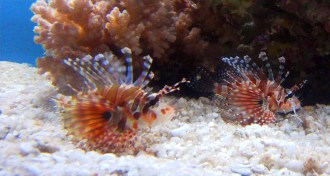 Animals
AnimalsLionfish dance can recruit partner for hunting
Slow but superb predators recruit pals for cooperative hunting, often striking in what looks like well-mannered turn taking.
By Susan Milius -
 Life
LifeLife began when algorithms took control
Digital storage of molecular information is the key to defining life and understanding its origin, astrobiologists say.
-
 Microbes
MicrobesThe most personal data on your phone is your microbiome
Phones carry more than your contacts and messages. They’ve got your microbiome too.
-
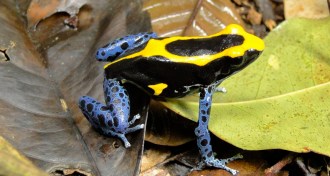 Animals
AnimalsTiny frogs host an illusion on their backs
How dyeing dart frogs move changes how predators see the amphibians, a new study finds.
-
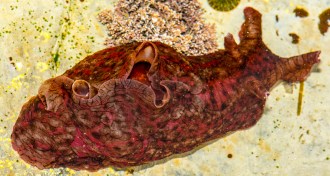 Neuroscience
NeuroscienceThe simplest form of learning is really quite complex
Habituation, the ability to ignore irrelevant stimuli, is the simplest form of learning but may require a whole neural network.
-
 Life
LifeBacteria’s tail spins make water droplets swirl
When bacteria band together, they can turn a fairly tame drop of water into a swirling vortex.
-
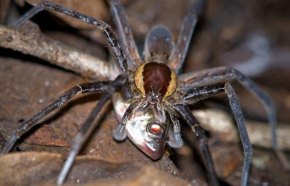 Animals
AnimalsFish-eating spiders are the stuff of nightmares
Spiders that feast on fish can be found on every continent but Antarctica, a new review finds.
-
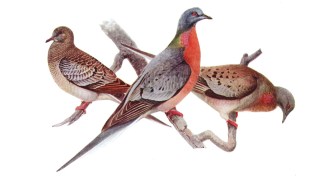 Animals
AnimalsPassenger pigeon population had booms and busts
DNA says the birds recovered from hard times — until people came along.
By Susan Milius -
 Life
LifeAutoimmune diseases stopped in mice
Reprogramming immune cells may offer a way to treat autoimmune diseases without harming the body’s ability to fight infections.
-
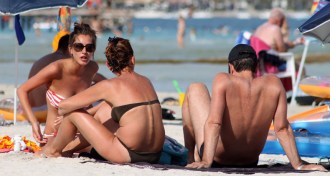 Neuroscience
NeuroscienceSunbathing may boost endorphins in the body and brain
UV light makes mice churn out a molecule that is a cousin of morphine and heroin, a finding that may explain why some people seek out sunshine.